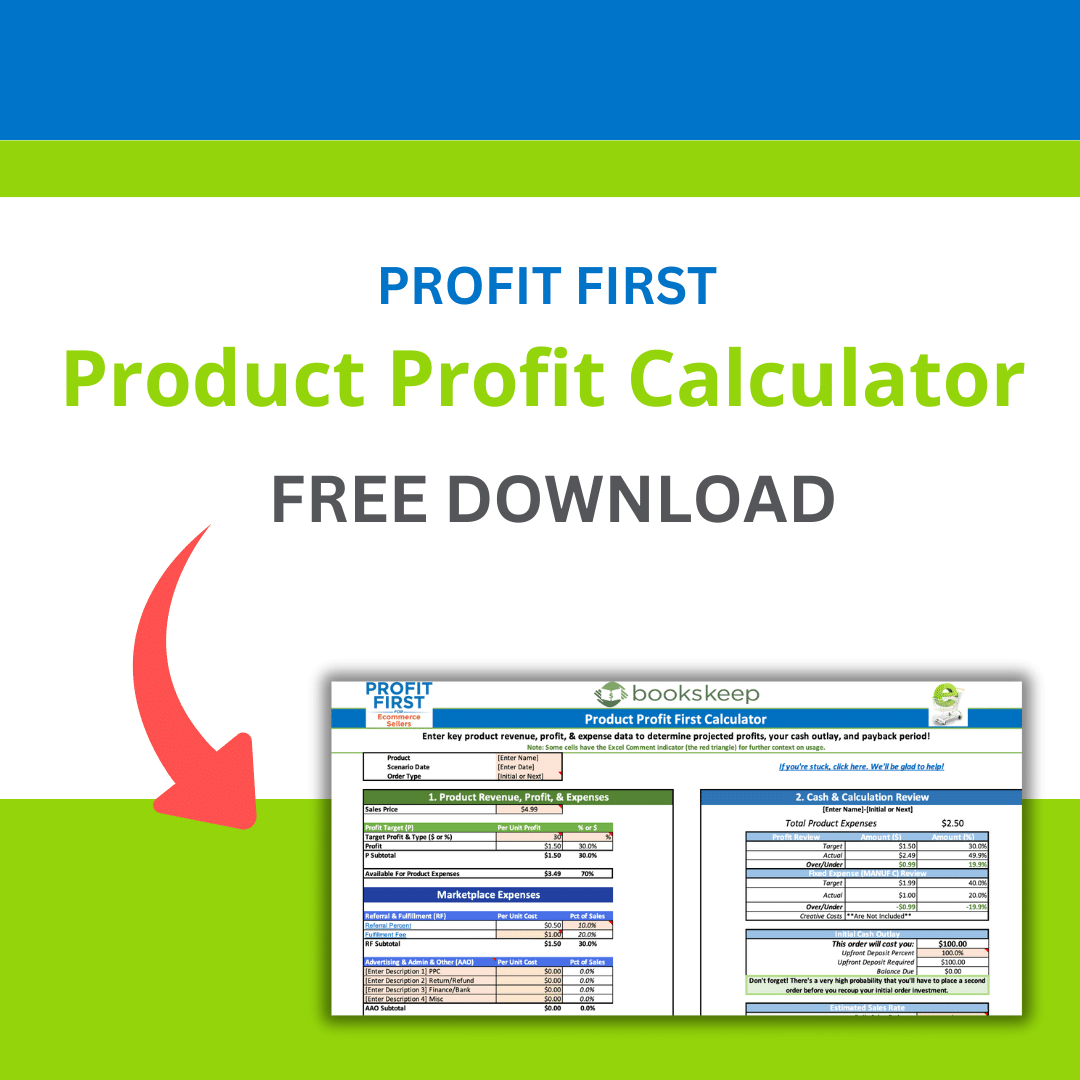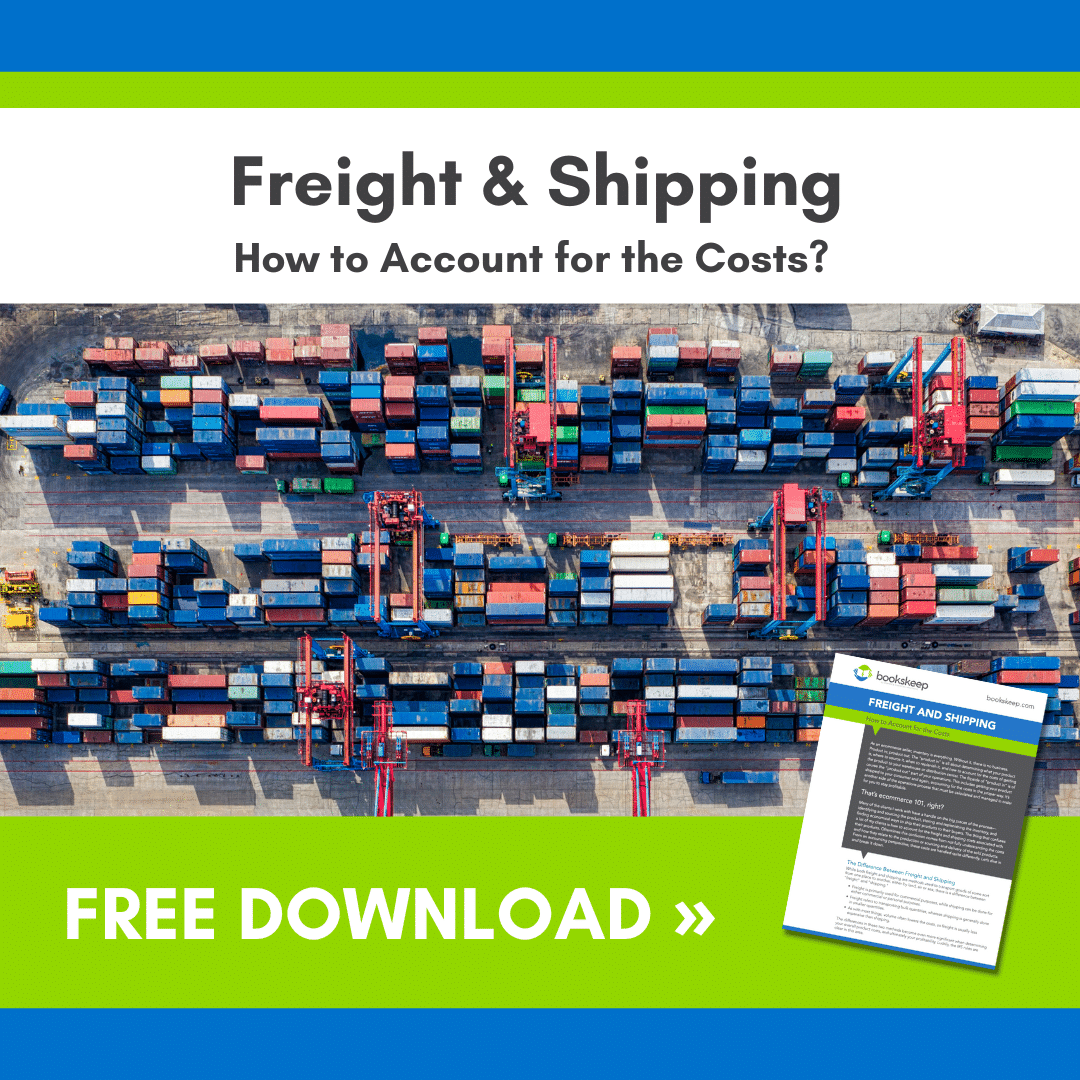
“When talking to potential clients and ecommerce sellers, I always ask about their biggest challenge. The most common answer is Cash Flow, which is likely the same for you. However, I believe cash flow is merely a symptom of the real problem. I enjoy helping ecommerce sellers understand this.
Efficiently managing cash is crucial, but cash flow issues often stem from pricing, margin health, or excessive spending. In simpler terms, you might not charge enough for your product or spend too much compared to market prices. By addressing sales or profit problems, you can usually resolve the cash flow issue.”
Cash flow is heavily subject to the economy, and can sometimes become an even bigger concern. Luckily, there are several ways you can be ready for the best and worst times with some tips we will discuss.
Analyze Expenses
To start, focus on your operating expenses. Gather the past three months’ expense transactions from tracking reports or your accounting software, as well as bank and credit card statements. Review each transaction and categorize it as Cut, Reduce, or Keep (C, R, or K). Assume you can cut each transaction and consider its impact if it were cut. If it can’t be completely cut, explore ways to reduce it. Surviving with less should be seriously considered. It’s easier to keep funds now rather than regret spending them later. As a challenge, aim to make a $2,000 cut from your account, which is typically achievable for clients.
Check Your Payroll
Are your employees as productive as you need them to be? Letting people go is never easy, but if sales suddenly drop greatly, how long can you keep up with your current payroll level? At this point, you should be more focused on the preservation of your business rather than saving all jobs, unless you have the cash reserves to afford it.
Take a Look at Margins
How can you work on increasing your margins? Can your prices be increased? I’m in no way telling you to start price gouging, but have you seriously looked at your pricing recently? If you haven’t, take a look at where you might be able to make some adjustments. Go over the costs of your product and look for changes that can be made to reduce the costs.
Consider a Line of Credit
In the case that your business has had steady operations and good margins for a few consistent years, a local bank or credit union might consider extending a line of credit for you. Keep in mind that you will have better luck with this when your business is in good financial shape. It’s important not to wait until sales have dropped and all your reserves are used up. If you take a line of credit, this should be used as a rainy-day fund. It is not to be used as an open checkbook, but rather a reserve to fall back on in case of emergency.
Grow a Reserve Fund with Profit First
If you are an ecommerce business using the Profit First methodology, your reserves should already be pulled aside. The reserve fund is important because it very well might be what keeps your business running during times when income is slow. Keep in mind that two key factors of long-term success are little to no debt and emergency funds, so use these reserves wisely.
If you aren’t yet using Profit First and are interested in making your cash flow less stressful, you can use the tips discussed above and then create your profit account. You can also find more discussion on Profit First at the bookskeep blog.




Leave a Comment